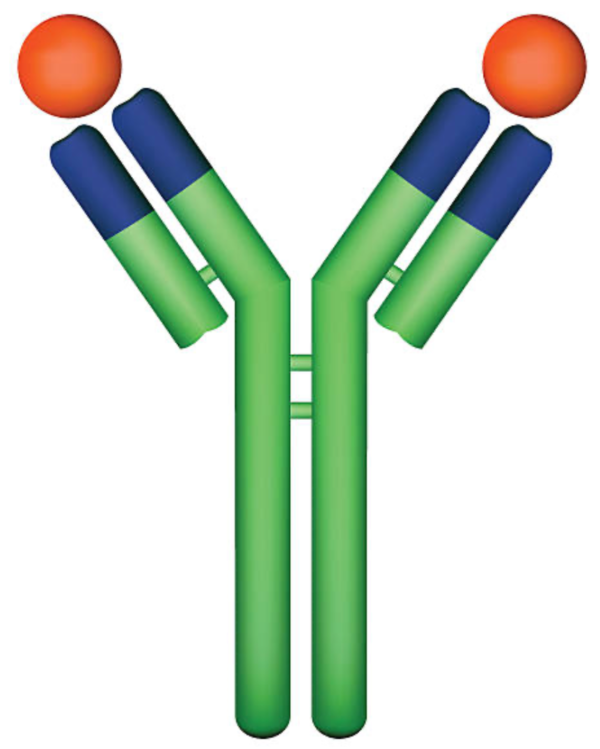
Antibody development using multiplex binding affinity measurements
Antibody development is the process of designing and producing antibodies that can bind to specific target molecules, such as antigens, receptors, or enzymes. Antibodies are widely used for therapeutic, diagnostic, and research purposes. One of the key challenges in antibody development is to optimize the binding affinity of the antibody to its target, which determines the efficacy and specificity of the antibody.
Multiplex binding affinity measurements
These are methods that can simultaneously measure the binding affinity of multiple antibodies to multiple targets in a single assay. These methods can save time, cost, and sample consumption compared to traditional methods that measure one antibody-target pair at a time. Multiplex binding affinity measurements can also provide more comprehensive information about the antibody-target interactions, such as cross-reactivity, competition, and avidity. This approach is very useful in support of antibody development activities.
Examples of available platforms
There are different types of multiplex binding affinity measurements, depending on the platform and the detection method used. Some examples are:
- Bead-based multiplex immunoassays (MIA): This is a method that uses fluorescent beads coated with antigens to capture antibodies from a sample. The beads are then detected by a flow cytometer or a Luminex analyzer, which can measure the fluorescence intensity of each bead. The method can measure the concentration and the avidity of antibodies to multiple antigens in a single assay. The method has been used to study antibody responses to infectious diseases, such as malaria.
- Surface plasmon resonance (SPR): This is a method that uses a sensor chip coated with antigens or antibodies to measure the change in refractive index when antibodies or antigens bind to the chip surface. The method can measure the kinetic parameters (kon and koff) and the equilibrium dissociation constant (Kd) of antibody-target interactions in real time. The method can also measure the effect of Fc binding on antibody affinity.
- iRiS Kinetics (iRiS): A sensor chip coated with an array antigens or antibodies to measure the change in thickness via light interferometry when antibodies or antigens bind to the chip surface. Other tools such as biolayer interferometry (BLI) and surface plasmon resonance imaging (SPRi) have been developed for this purpose. However, these tools suffer from limitations such as signal jumps when the solution in the chamber is switched or low sensitivity. The iRiS method is very useful for antibody development. It can measure the kinetic parameters (kon and koff) and the equilibrium dissociation constant (Kd) of antibody-target interactions in real time, and simultaneously from a spotted array of candidate antibodies.
These are some of the methods that can be used for antibody development using multiplex binding affinity measurements. They can provide valuable information for selecting and optimizing antibodies with high affinity and specificity for their targets.
